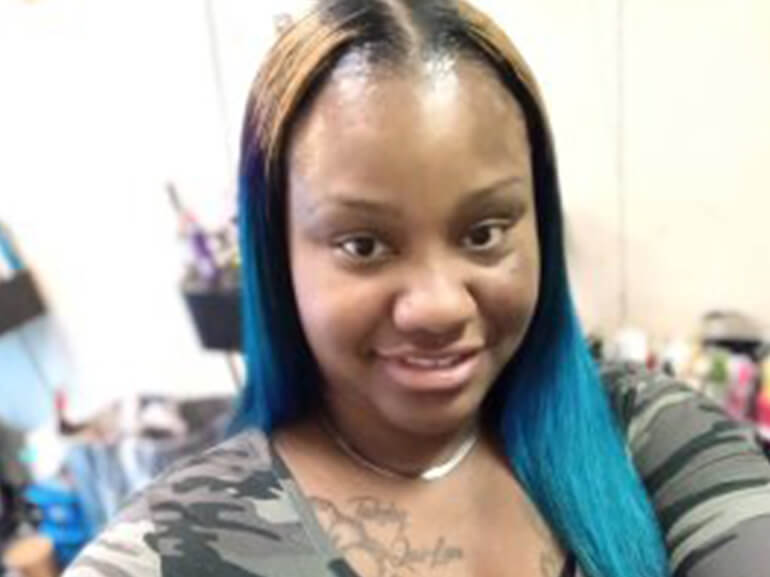Lakondria's Story

A horrible accident, a healing journey
Lakondria Stephens’ world changed in an instant.
The car she was riding in was hit head-on. It rolled five times, tossing the 29-year-old mother of three through the passenger window. Emergency crews saved her life at the scene, rushing her to the local hospital. Scans revealed serious injuries to her ribs, both legs, arms and bruised lungs. Physicians attached a massive, external scaffolding of pins and rods, called fixators, to her arms, pelvis and left thigh, supporting the shattered bones.
Additionally, she was placed on powerful drugs to control her blood pressure and a ventilator to help her breathe.
Lakondria was in a precarious state, but her family’s deep faith gave them hope. Her husband, Draon, three sons – ages, 11, 10 and 7 – and parents, Douglas and Katrina Davis, prayed constantly by her side.
In just a week, Lakondria stabilized enough to liberate from the ventilator while still in the intensive care unit. She was awake, alert and able to eat normally. The fixators were removed from her arms, but remained on her pelvis and leg. This was progress, but she still had far to go. Her family and medical team determined Regency Hospital Macon would be the next step in her recovery.
The hospital specializes in treating medically complex patients like Lakondria, who need additional healing and recovery time. Her needs were significant. Wounds, some with specially pressurized dressings, required round-the-clock care. She needed nutritional support, heart, respiratory, physical and occupational therapy, in addition to help managing her diabetes.
A physician-led team of nurses, therapists, dietitians and pharmacists created a plan to help Lakondria return home.
Nurses monitored her dressings, adjusting settings, cleaning the areas and applying fresh bandages. Physical and occupational therapists helped her sit in bed, practice reaching, grasping and performing self-care tasks, such as brushing her teeth, while seated. Unable to bear weight on her legs, therapists focused on building core and upper body strength, essential for continued healing.
As Lakondria’s lower body repaired itself, therapists added small movements such as getting out of bed and standing. In October, her pelvic fixator was removed and was able to take a few steps and transfer to a chair with assistance.
Pharmacists monitored the various intravenous medications that fought infection, lowering doses as she grew stronger. Dietitians worked to keep her blood sugar under control and craft meal plans rich in wound-healing nutrients.
Over two months, Lakondria made great strides. One of the biggest pick-me-ups, she said, was all the positivity that flowed from the staff. It made her feel as if she was surrounded with healing energy that would help her get well.
In November, Lakondria moved to a rehabilitation hospital, where she underwent extensive, daily physical and occupational therapy. She rebuilt strength in her legs and lower body until she was able to walk unassisted. Occupational therapy guided her as she relearned how to get dressed, take care of daily personal needs and shower.
We were thrilled to welcome Lakondria and her family back when they stopped by for a visit in late fall. Though she could walk into our hospital, Lakondria’s injuries left her so disabled, some days getting a gallon of milk out of the fridge is impossible. It left her unable to continue her career as a dialysis technician. Still, she’s found new ways to give back. She’s become a mentor for girls at a local youth center, sharing her story of survival.